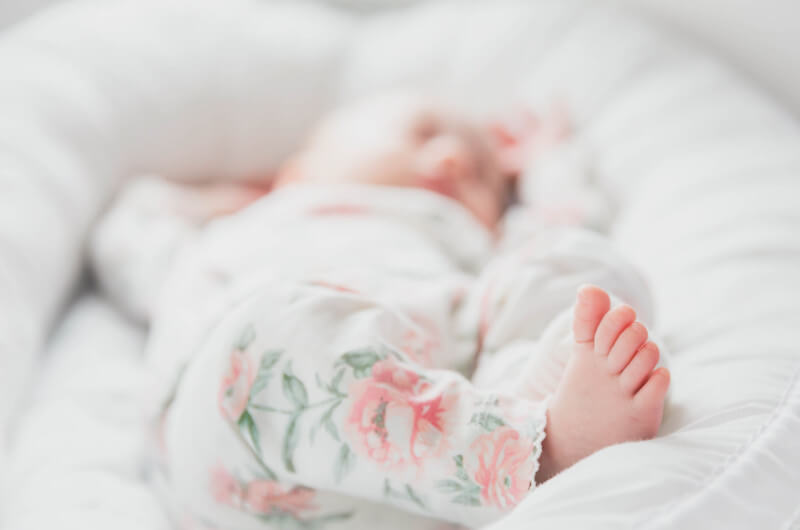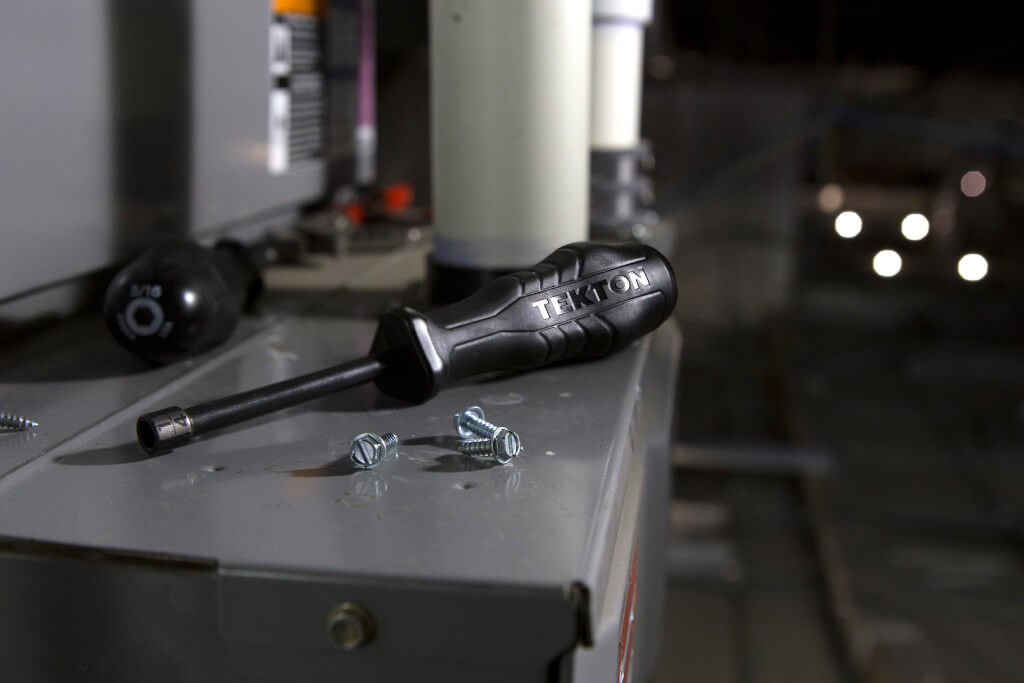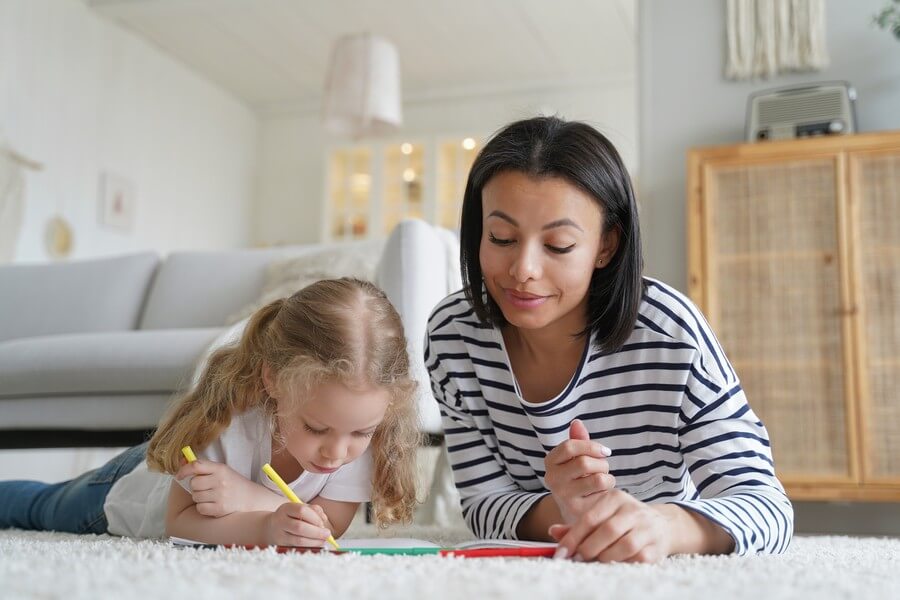In South Africa, a typical monthly electric bill is well over R 1000 and can be significantly higher depending on factors like household size and location. There are ways to lower your electric bill no matter the size of your home or location. Heating and cooling your home are two of the biggest electrical energy consumers. Adjusting your thermostat’s setting can have a major impact on your monthly energy bills. Following are a variety of scenarios, along with the corresponding ideal thermostat settings for each.
How Hot or Cold Should You Make Your House?
Depending on the season and whether or not you’re home, you should adjust your thermostat by a few degrees to save money on your electric bill and maximize energy efficiency. Heating and cooling systems should be set between 21 and 25 degrees celsius for year-round comfort. Several factors, including the season and local weather, can affect this average.
What is the Ideal Temperature for the Elderly?
Several health concerns can arise when the temperature in a room is altered, especially for the elderly and other vulnerable populations. For instance:
- Hypothermia can set in at temperatures as low as nine degrees.
- Strokes and heart attacks become more likely when the temperature is nine to twelve degrees or higher than twenty-four.
- It’s recommended that the elderly keep their primary living spaces at 21 degrees Celsius and the rest of their home at 18 degrees or lower.
Daily Temperatures
Living in the south, where the weather is hot for most of the year, means lots of time spent in front of the air conditioner. As the temperature is being used all the time, even a small change can have a significant financial impact. Energy Star recommends keeping your home at a comfortable 21-25 degrees, ideally 25. For those who prefer a much chillier environment at home, raising the thermostat gradually over several weeks can help ease the transition.
Conversely, heating a home consumes a lot of energy, especially if you live in the north or if it’s in the middle of a cold spell. The most cost-effective setting for a home’s thermostat is 20 degrees Celsius, which is also the recommended sleeping temperature. It may be necessary to add an extra layer of clothing if, after a while, you still feel chilly at this temperature.
On Vacation

Whether you’re leaving for a few days on a business trip or taking a vacation with the family, cutting back on the air conditioning or the heating can help you save money. We advise setting your air conditioner to 20 degrees celsius while you are away. According to GreeDirect “If you’re going on a trip for a week or more, however, you’ll save the most money by shutting off the air conditioning completely. If you have a programmable thermostat, set it to turn on a day or two before you plan to return home so it can start cooling the house in preparation for your arrival.’’
The Ideal Temperature for Sleeping
Before bedtime is another good time to adjust your thermostat. Scientists say that a bedroom kept at a cool 18 degrees celsius is best for getting some shut-eye. Consider that your body doesn’t require a specific temperature but rather a decrease in temperature. To that end, if you keep the thermostat at 25 degrees throughout the day, you may want to lower it to 23 degrees before going to bed.
How Hot or Cold Should I Keep My Houseplants?
House plant experts recommend a temperature range of about 15 – 23 degrees celsius for optimal plant growth and care. Most houseplants won’t survive temperatures below 10 degrees celsius or above 29 degrees Celsius, so try to avoid those extremes as much as possible.
At What Temperature Must My House Be Maintained if I Have Pets?
In most cases, your pets won’t mind if you keep the temperature in your home between 17 and 24 degrees celsius to save on energy costs. Many animals already have built-in responses to temperature changes. Make sure the temperature doesn’t drop too low, or if that’s not an option, consider installing a heat lamp, if you have unusual pets like tropical amphibians, fish, or arachnids.
In What Range Should I Set the Baby’s Room Thermostat?

The temperature in a newborn’s room must be neither too hot nor too cold. This is because babies who are overheated have an increased risk of SIDS. When a baby is born, the room temperature should be kept between 16 and 20 degrees.
Can You Recommend a Good Spot for a Thermostat in My House?
You can save money on your energy bill by being proactive with your thermostat settings, but if you don’t pay attention to where your thermostat is located, you might miss out on the advantages of smart thermostats. The thermostat should be mounted on an inner wall, preferably somewhere in the middle of the house. If you want the most comfortable temperature in the rooms where people spend the most time, put your thermostat there.
The Wrong Rooms to Place Your Thermostat
If you want to get the most out of your smart or programmable thermostat, positioning it properly is essential. An inefficient heating system could result, for instance, from putting a thermostat near a source of heat. The best advice from experts is to avoid placing your thermostat near:
- Natural light
- In the areas above the vents
- Kitchen corridors
Whether you’re at home or away, the season and the time of day all play a role in determining the ideal temperature setting for your thermostat. Small temperature changes can have significant consequences. It’s estimated that you can save between one and three percent on your monthly electricity bill for every degree that you turn your thermostat down. Setting different temperatures when you’re home and away, and during the day and night, can be a breeze with a smart thermostat. In the long run, every single degree counts.



